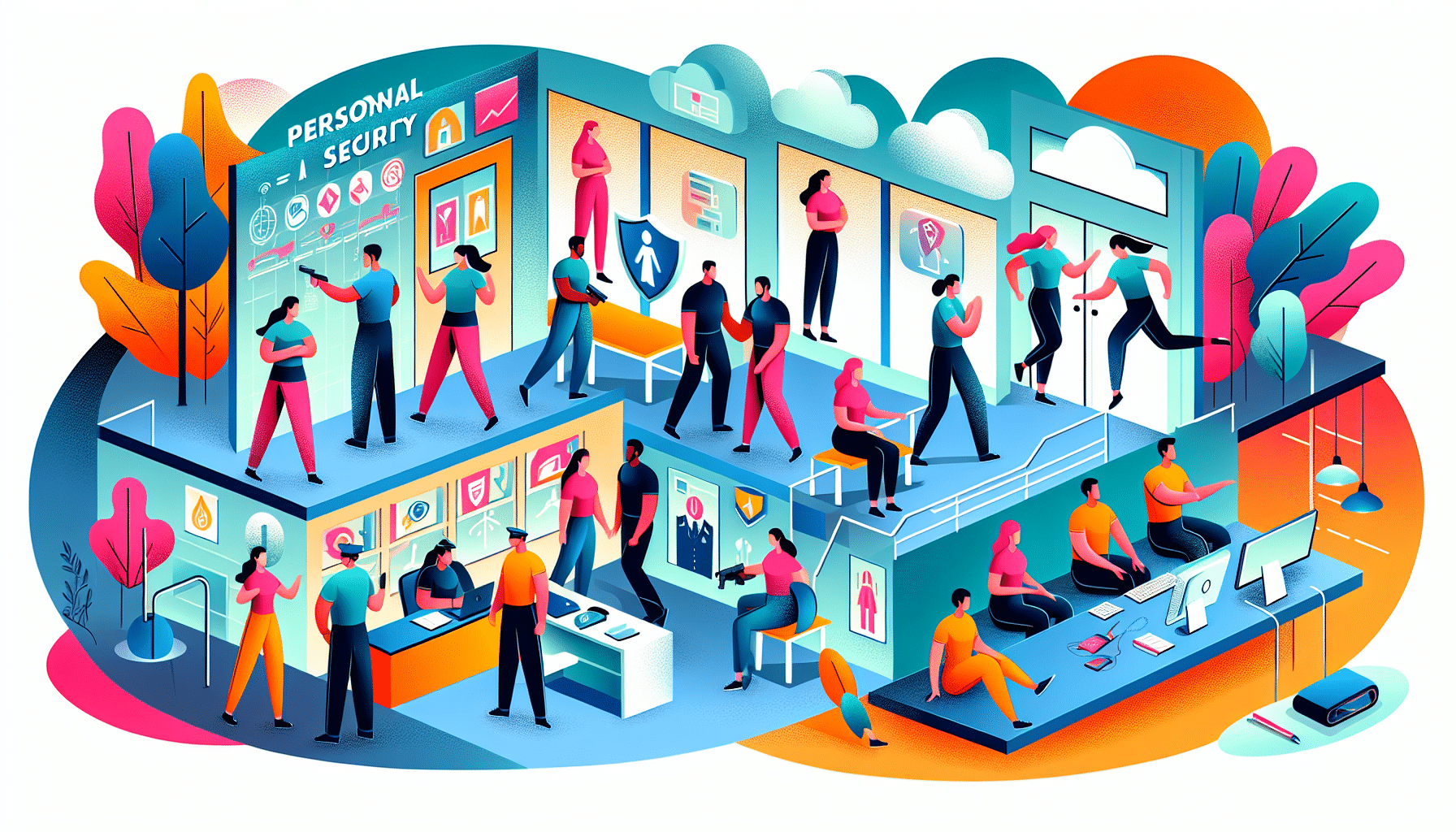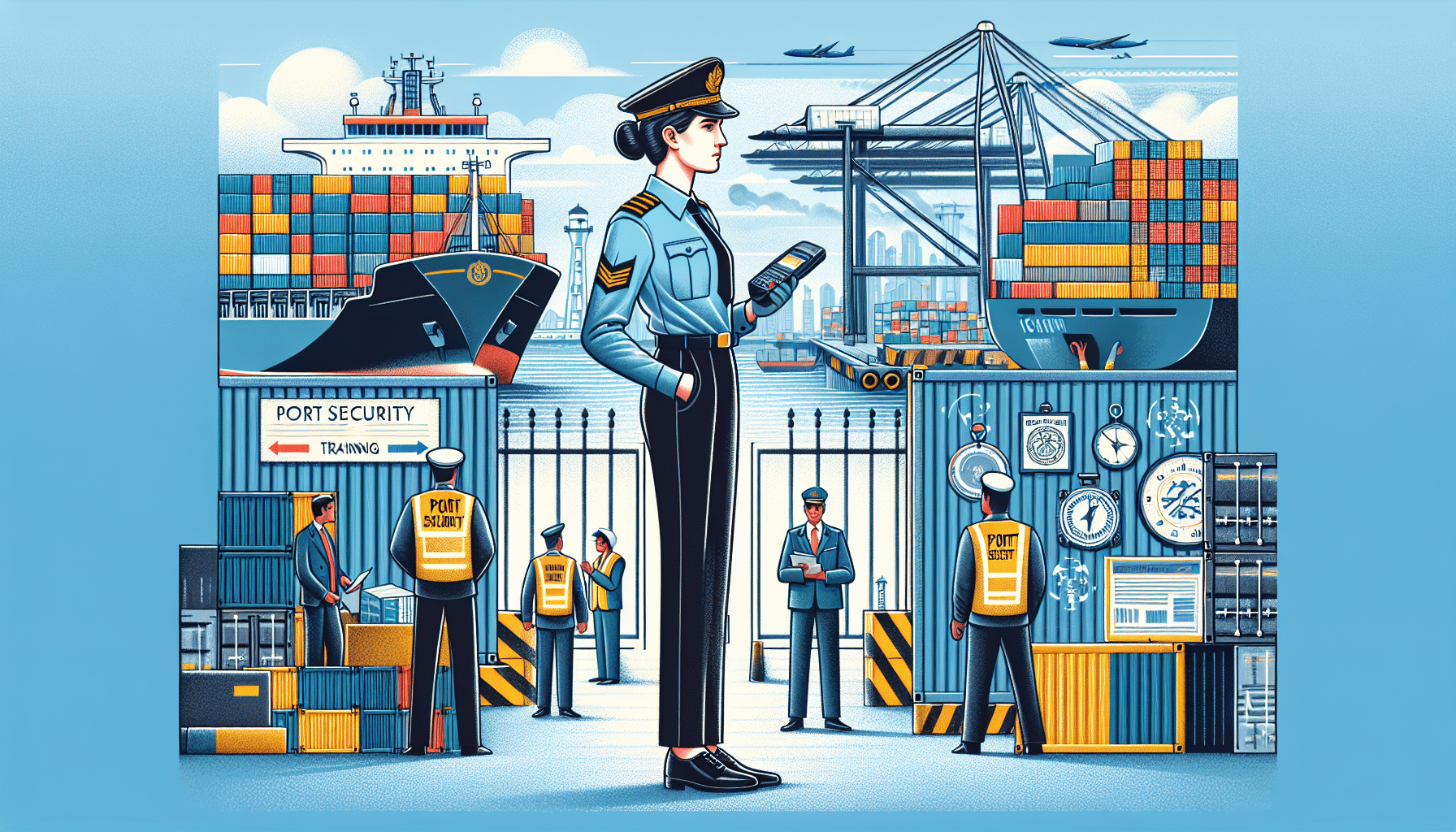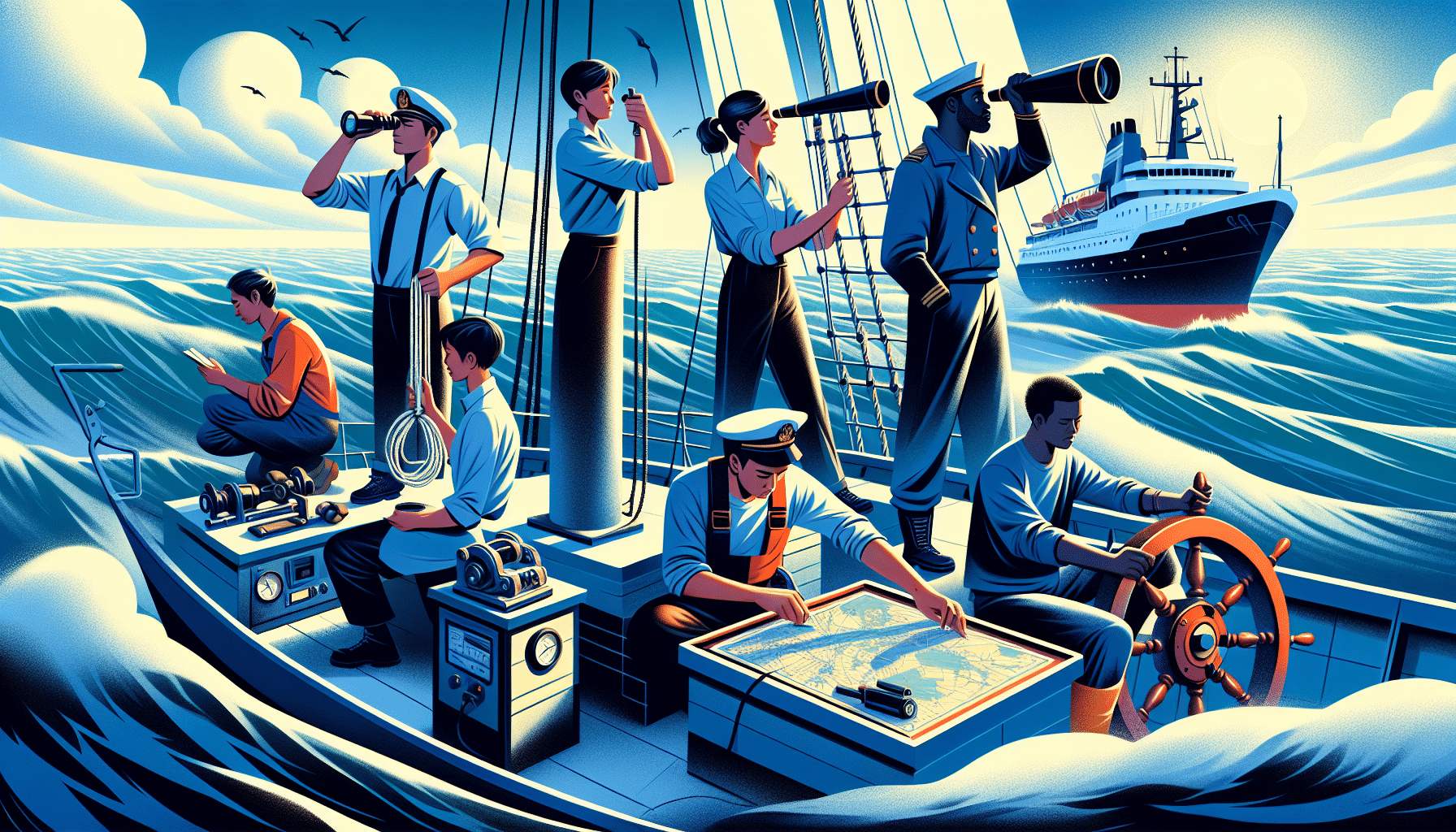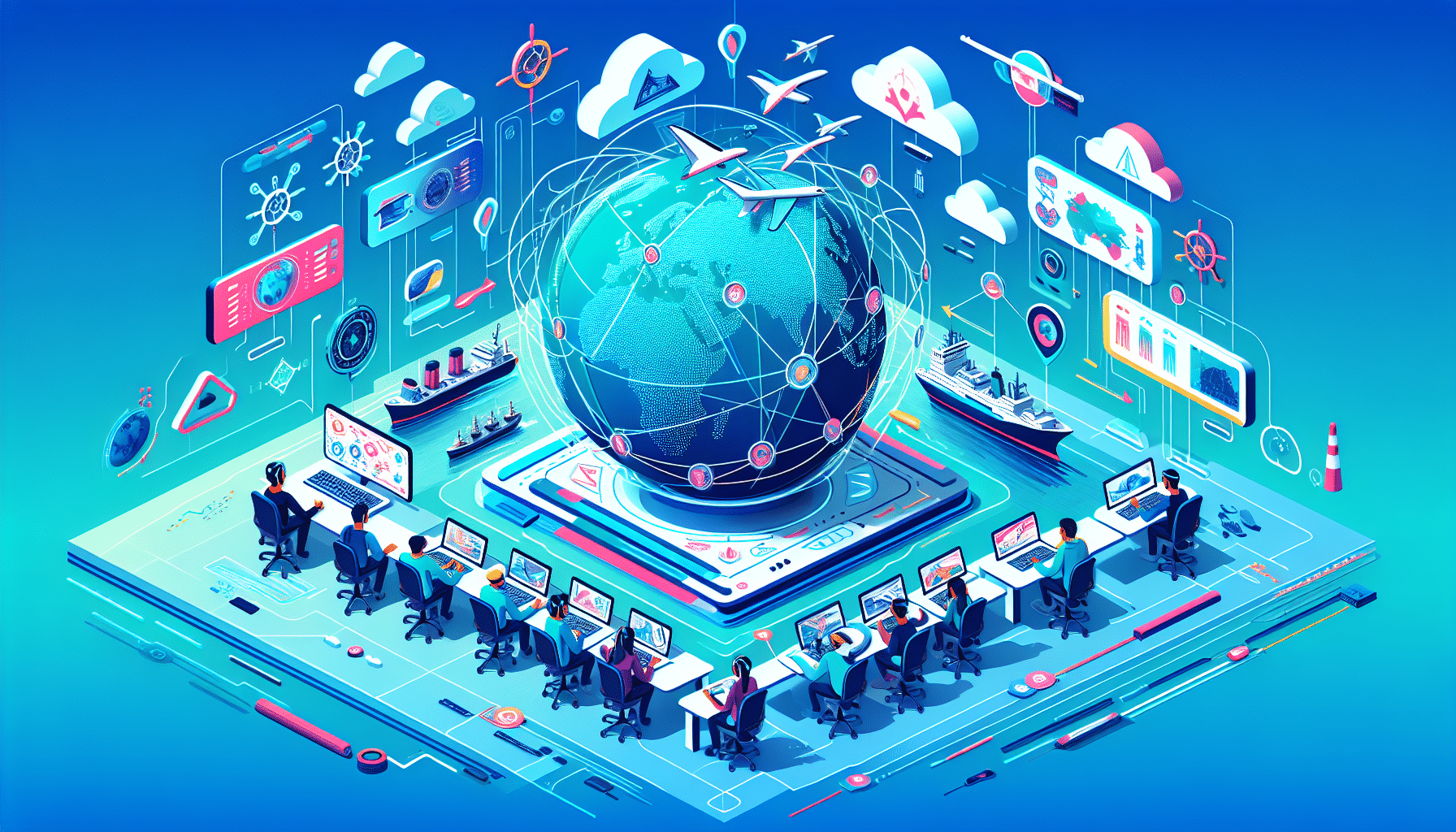Top Online Security Courses for Beginners
With the relentless advancement of technology and the internet, the importance of understanding and implementing online security measures has never been greater. Whether you’re looking to protect your personal data, enhance your career, or simply want to understand the basics of cybersecurity, there are numerous online courses designed specifically for beginners. Here are some of the top online security courses that can help you get started on your journey to becoming more cyber-aware and secure.
1. Introduction to Cybersecurity by Cisco
Cisco’s Introduction to Cybersecurity is a widely recognized course aimed at beginners. This free course covers the basics of cybersecurity, the importance of secure internet use, and understanding the major types of cyber threats. Through interactive content and quizzes, learners can gain a solid foundation in cybersecurity principles and practices, making it an excellent starting point for those new to the field.
2. Cybersecurity for Absolute Beginners by Udemy
Udemy offers a range of online courses in cybersecurity, but its Cybersecurity for Absolute Beginners stands out for those just starting. This course requires no prior knowledge and covers everything from basic concepts and terminology to more advanced principles. It’s a paid course, but Udemy frequently offers discounts, making it an affordable option for beginners eager to learn about cybersecurity.
3. Cybersecurity Fundamentals by edX
Offered in collaboration with the Rochester Institute of Technology, the Cybersecurity Fundamentals course on edX is designed for individuals who want to delve deeper into the world of cyber threats and defense mechanisms. This course covers topics like cryptography, risk management, and how to detect vulnerabilities. Although it’s a beginner-level course, it dives deeper into some technical aspects, making it perfect for those who want a comprehensive understanding of cybersecurity fundamentals.
4. The Complete Cyber Security Course by StationX
StationX’s The Complete Cyber Security Course is regarded as one of the most detailed courses for beginners aspiring to learn about cybersecurity. It spans several volumes, each dedicated to a specific area of cybersecurity, such as network security, hacking, and anonymity. This is ideal for learners looking for a thorough introduction to cybersecurity across multiple aspects. While the course is paid, it offers a wealth of knowledge and resources for those committed to learning.
5. Internet Safety for Kids by Kaspersky
While not strictly for adult beginners, Kaspersky’s Internet Safety for Kids course is an essential resource for parents and educators aiming to teach children about the importance of online security. This free course offers practical advice for keeping children safe online, addressing threats such as cyberbullying and online predators. It’s a valuable resource for beginners wanting to ensure their entire family’s digital safety.
Conclusion
Navigating the complex world of online security doesn’t have to be daunting. Starting with one of these top online security courses for beginners can provide a solid foundation in understanding and combating cyber threats. As technology continues to evolve, so too will the methods of those looking to exploit it. Therefore, beginning your cybersecurity education today is not just an investment in your online safety but also a step toward safeguarding the digital future for all.













